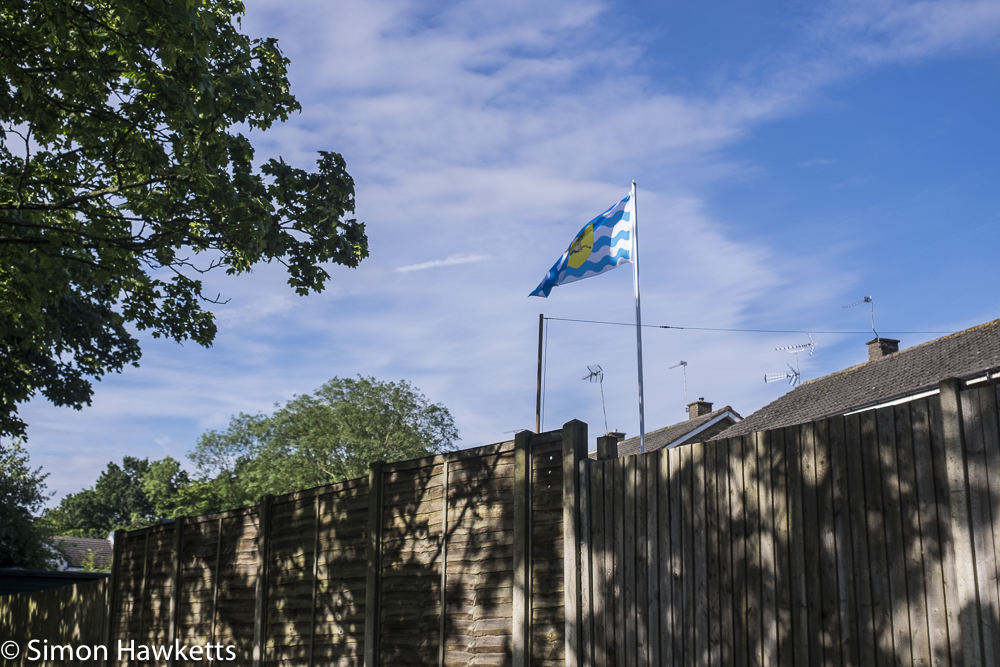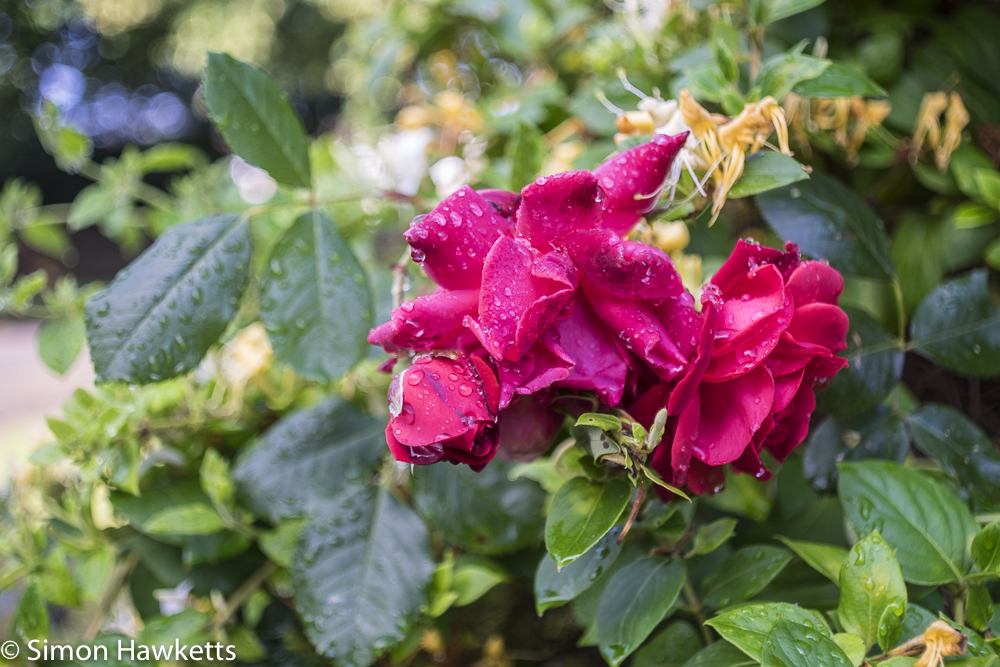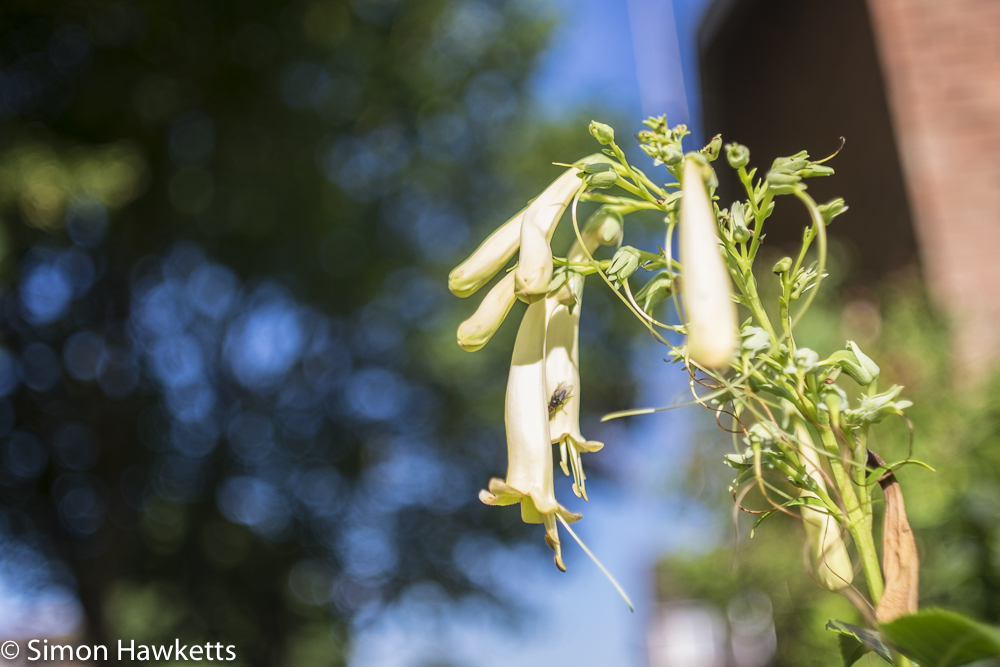Sigma Mini-Wide 28mm f/2.8 on Fuji X-T1
This post describes the Sigma Mini-Wide 28mm f/2.8 manual focus lens from the 1970’s and its use on a modern APS-C sensor, Fuji X-T1 camera.
Sigma Mini-Wide 28mm f/2.8 sample images













28 mm is a great focal length to use on a crop sensor camera like the X-T1 because with its equivalent focal length of 42 mm it’s a cheap way to get a fast ‘standard lens’ setup. This focal length lens is also generally readily available because there were lots made in various different mounts.
My particular copy of this lens is fitted with a Pentax K mount, but a variety of different mounts were used by Sigma on this lens. It is a macro lens offering a magnification of up to 1:4.5 (if 1:4.5 can be said to be ‘magnification’) with an aperture range of f/2.8 to f/22. The aperture itself is a 6 blade design.
The Sigma Mini-Wide 28mm f/2.8 is a simple lens to use on the X-T1 because there are only two controls to worry about: aperture and focus. I used aperture priority mode on the X-T1 and set the ISO to auto. To achieve this setting I set both the shutter speed and the ISO dials to A. Then in the menu, find the auto ISO setting (Menu, Page 1, third entry) and set the ISO limits you are happy with – I used a bottom limit of 200 and top limit of 1600 with a shutter change speed of 1/125, but these settings are really driven by the level of light when you are shooting.
With the camera set up like this you control the aperture with the lens ring and let the camera set the shutter speed and ISO for the correct exposure. It’s important to keep an eye on the ISO to make sure it doesn’t get out of hand, but with that caveat it’s a good way to shoot a manual lens on a modern mirror less. The brilliant focus assist modes on the X-T1 allow you to quickly get the focus spot on, and the display makes it easy to check the shutter speed and ISO and, using the histogram to get a good idea of the exposure.
The results I got using this lens are shown in the gallery above. Although not up to the standard of a modern lens specifically made for a modern digital camera, they are nonetheless pretty decent. The macro function in particular is very useful to have and the contrast and definition are certainly good when you consider that you could pick up an example of this lens for around £25. The one negative I found was the high level of chromatic aberration shown on a couple of the pictures, but this is easily dealt with in Lightroom.
All these pictures were taking in Raw and imported into Lightroom where I used my normal digital workflow.
Discover more from Everything Vintage
Subscribe to get the latest posts sent to your email.



